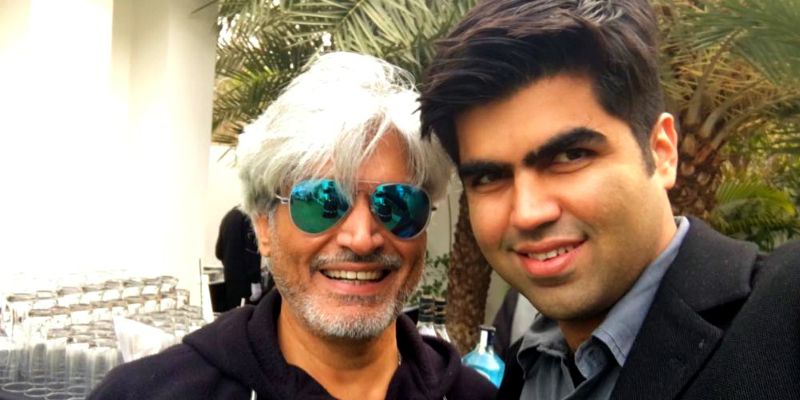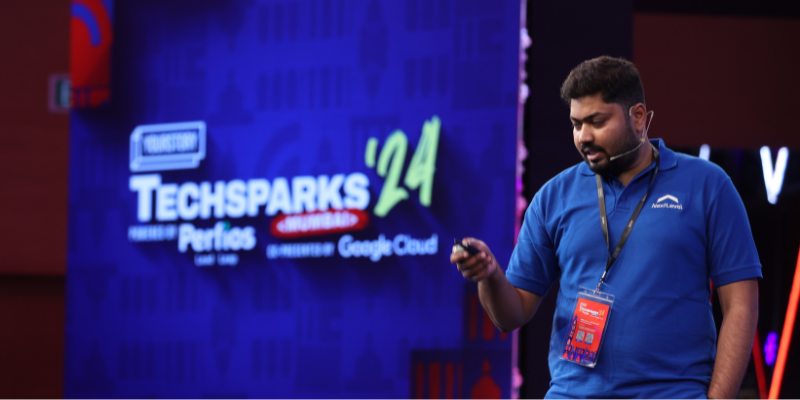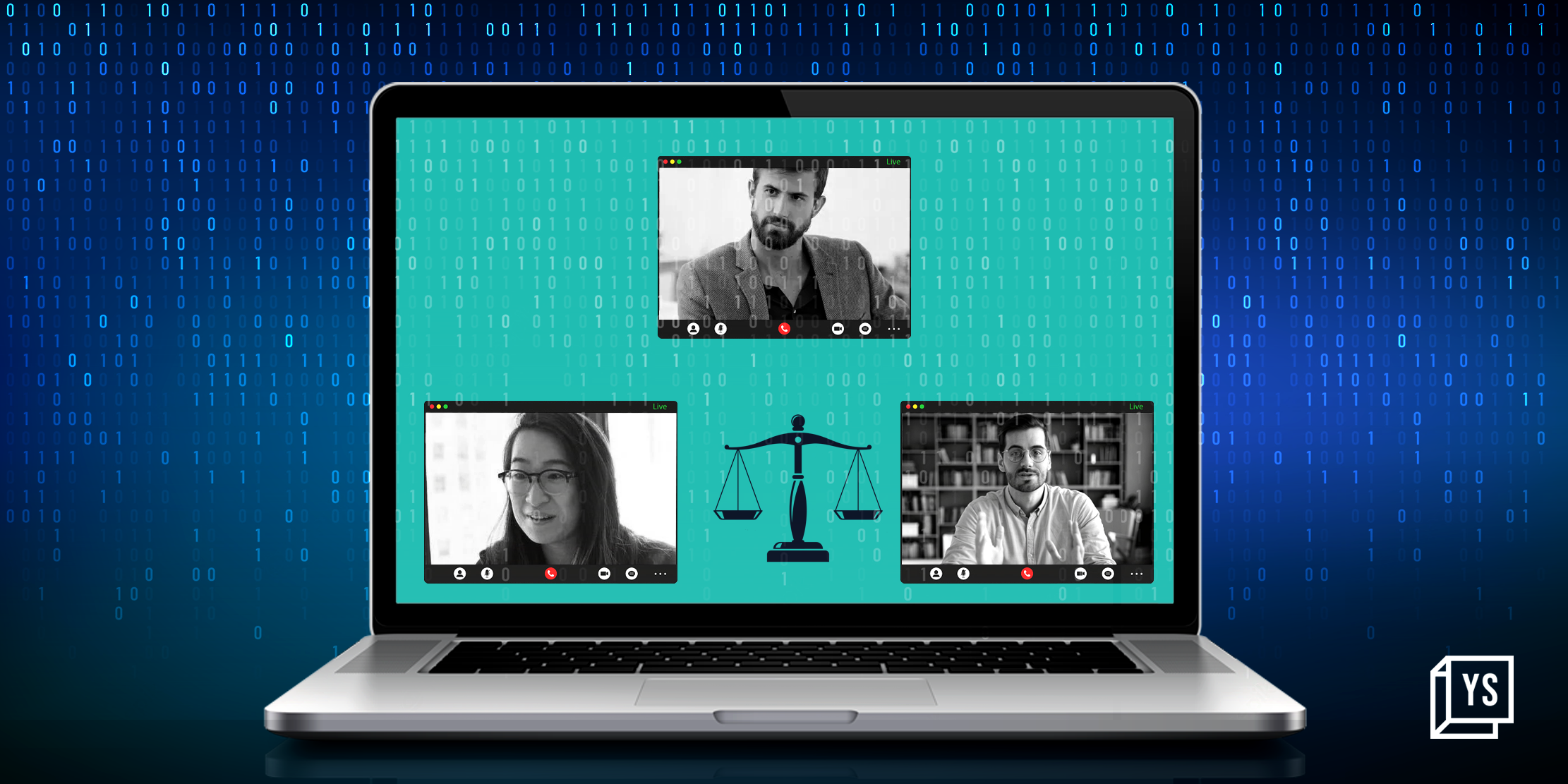Meet the guys behind Sunburn, who are also bringing The Chainsmokers to India next month
Ranked by CNN in 2009 as one of the top 10 festivals in the world, Sunburn was started by a company that was founded by two brothers with a mere Rs 12,000 in capital.
Growing up on the sepia snaps of Woodstock, the panning shots of the hordes of free-willed folk at Coachella, and documentaries of hysterical fans with their hands thrown up in the air at Tomorrowland, we'd been ready to take a hammer to our piggy banks to make a trip to the US or Europe to experience the other-worldliness.
But in 2007, we heard that a company was trying to recreate all that right here in India.
One had to see it to believe it, though – world-renowned stars descending to make music that transcends language and unites people from across the world, and a massive centre stage blowing up in technicolour lights and sound producing ripples of music you can feel pulsate through your body.
Braving many an Indian idiosyncrasy, here is the man who made sure that the show goes on.

Behind the scenes
Harindra Singh, a 57-year-old alumnus of the Rhode Island University where he got his MBA, was all set to fly off to the US in September 1980, but an opportunity to assume the reins of an ad agency owned by a friend serendipitously presented itself. Initiated into a world he instantly took to, even as that stint ended due to some differences in 1983, Harindra was determined to see his newfound love through by starting his own agency, and even roped in his younger brother Shailendra Singh for this new venture.
Incepted on January 12, 1984, the agency was originally called Perceptions, but when The Times of India informed them that the name was already taken, Harindra, not having the budget to print new stationary, actually went back to the office, took a blade and scratched the last few letters out of the artwork and rubber stamps, so that it read ‘Percept.’
What started as a modest setup with just Rs 12,000 became the fastest growing agency in the country by the early 80s. They even started offering specialised services like Public Relations, Experiential Marketing, Production, Content, Sports, Talent, OOH, Digital Media and more. But as the space changed, clients began demanding a bundle of services from a ‘one-stop-shop’ agency.
“Foreseeing this situation, we evolved and launched the Integrated Marketing Communications (IMC) concept in 1993. A quick search will tell you that agency groups like WPP, Omnicom and others started using the IMC terminology much later,” notes Harindra.
However, it was around 2004-05, when Percept had that game-changing eureka – that rather than just hoping that another project will turn up and keep them going, creating intellectual properties (IP) would create perpetual revenue streams.
The road not taken
Sunburn, a household name – and the Electronic Dance Music Festival that has put India on the world map when it comes to music festivals -- was one of the first IPs they launched in 2007, in collaboration with Nikhil Chinappa, with his company Submerge as consultants for the artists and repertoire functions of Percept. They also launched a couple of other properties in the music domain like Metalfest (Rock Music) and Bollywood Live (Bollywood Dance Music).
By the second year, they only had enough capital to keep one going. Sunburn was the property they chose to perpetuate, because rock music required one to understand English, and with Bollywood music, they didn’t have a clear differentiator. EDM, however, was something they would be pioneers in – and this genre of music had an edge as there were no lyrics, and would thus, overcome the language barriers India posed.
But actually orchestrating music events in this country is no mean task – for example, in Mumbai, to do a Sunburn-type event, you need 71 permissions, and this process can take more than six months. In Goa, it still takes one year.
“As an early mover in any domain you face both advantages and disadvantages. You have to break your head over all kinds of opposition, including moral policing. The good news is that after a decade of our relentless effort the Delhi government now provides 24-hour approvals. And now Mumbai is moving in that direction,” Harindra explains.
Festivals are usually destination events, and must be located in a way that it is conducive not only to the growth of the festival, but also the entire ecosystem and local economy around it. “We had the potential to bring in tourism, uplift the local economy and promote the state – that’s what we focused in Goa from the beginning,” he says.
With the spotlight came the scanner
In the first two years, they lost money, but by the third, they broke even. “As the lone player in a revolutionary niche space, the novelty gave us a massive edge,” says Harindra.
That edge also came from an understanding of the key difference between organising events in India and abroad. “While the acceptance and following for different genres of music is much higher in global markets, in India, each genre has a very niche following and hence the marketing strategies differ to a large extent,” he says.
READ ALSO: How this 27-year-old brought Justin Bieber to India
By year four, that is, the 2010 edition of the festival, the buzz surrounding Sunburn was phenomenally higher. On its opening day, the festival sold 300 early bird tickets in 22 minutes, and 500 pre-booking sale tickets were sold in 12 hours. “We only expected 25,000 people to attend that year, but we were overwhelmed to receive an attendance of over 45,000, which was about six times the number that attended in 2007,” he recalls.
In 2011, they took the festival to multiple Indian cities.
Around that time, 31-year-old Karan Singh, Harindra’s son, who had been an investment banker for three years after getting an MBA from Harvard and a bachelor’s in management from the London School of Economics, was roped in to spearhead Sunburn as CEO.
While the festival continued to be held in Goa until 2015, friction with local authorities prompted Percept to relocate the festival to Pune in 2016. But, the up and coming youth hub didn’t exactly throw down a red carpet for them either -- protests surfaced from some quarters of the city. Says Karan,
People tend to misunderstand what we are about, so we try to educate and demonstrate what we truly represent. We have always strictly followed the laws and it has always been our top priority to provide a safe and secure environment for our fans. For these reasons we also received immense official support from Maharashtra Tourism for the festival.
He credits the cooperation of the Pune collectorate, police and all local administrative departments for the smooth execution of Sunburn 2016.
The big league
Given the growing popularity, Sunburn branched out from a singular festival in December to multiple formats and geographies across India in partnership with the tourism and other departments of states, local associates, partners and promoters. It even forayed into international ecosystems like Dubai and Colombo.
In its 10th year (2016-17) Sunburn drew 750,000 people across all its editions worldwide, from as many as 52 countries. It is headed to Melbourne, Australia in August 2017 – a first again from the Indian stable of IPs.
They have brought down most of the world’s leading artists to India, such as Martin Garrix, Hardwell, Tiesto, David Guetta, Avicii, Chainsmokers, SHM, Axwell, Armin and Afrojack, and have roped in sponsors like Renault, Gionee, Kingfisher, Smirnoff, OLA, Ray-ban, FBB, Spicejet, Skybags and Red Bull.
Today, Sunburn comprises of Sunburn Arena, which hold concerts with top headliners in developed urban cities; Sunburn Campus, through which they take over several leading college festivals; and Sunburn Reload, which holds smaller scale gigs in over 30 tier-2 and tier-3 markets.
The group employs 700 people in its 42 offices across Asia, and its revenues are pegged at Rs 1,726 crore, streaming in from its advertising, marketing and media services, live events and film production. While Submerge and Sunburn split in 2013, Shailendra Singh stepped down as Joint MD in March this year. The latter, however, continues to be a passive shareholder.
Up and up
They are now working with Ultra Music Festival (Miami, US) on their India leg, with the debut events in September 2017 in Mumbai and Delhi NCR headlined by The Chainsmokers. They intend to make the single-day event an annual gig here.
Ultra, which has a great relationship with The Chainsmokers and is doing a massive tour with them across Asia this year, included India in the tour after finding the perfect local partners in Percept. Harindra lets on that the set-up will be similar to the massive Ultra stages one sees in their arenas, complete with their cutting-edge visuals and SFX.
Even as they have more than a full plate, they have launched Bollyboom, a Bollywood led music festival IP; and EPL (Eat Play Love), a family friendly festival which is a combination of food & music.
Their game plan to stay relevant in the EDM domain is not staying cooped up in their ivory towers, but instead, staying connected with the audience.
“We have a constant online exercise to monitor and study music preferences, what’s shared, and what videos are trending. That’s how we pick and programme our selections. We stay absolutely current and topical,” he says, signing off.
This article was updated on 17 August 2017.











